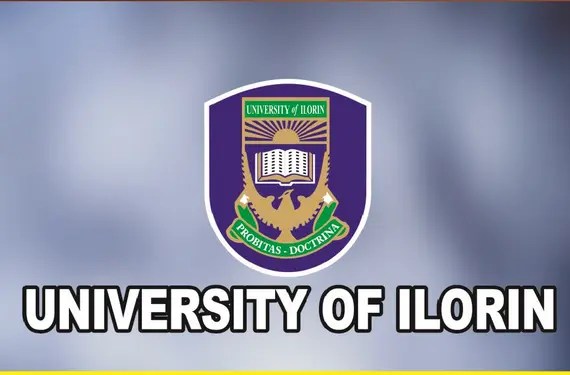
A team of engineers at the University of Ilorin has produced a prototype biometric machine that will adequately recognize physical features of black people, the team leader, Prof. Tunji Ibiyemi said.
Ibiyemi of the Electrical and Electronics Engineering Department of the university, disclosed this to newsmen on Thursday in Ilorin.
He said that the breakthrough would help to improve in biometric identification of black people.
He said with the use of local content, the researchers have been able to unravel the challenge of the inability of the imported biometric machine to adequately recognize physical features of black people.
According to him, imported solutions to the challenges of impersonation, economic fraud, multiple voting, examination malpractices, election rigging, and security challenges do not work optimally among black people.
He said that such foreign devices were better fitted among white people, saying: “what we have just produced works better for blacks.”
The don said that lack of local content in the making of the machines used for vital national assignments explained why government’s efforts on various national projects had not yielded the desired results.
The national projects, he said, included e-voting, national identity card scheme, security intelligence on criminal citizens.
Ibiyemi, whose research effort was sponsored by the World Bank-assisted Science and Technology Education Post-Basic (Step-B) Project, claimed that Europeans or Chinese people could use their technology for better identification.
“When I was in Britain, any black person could pick any of his friend’s identity card and go anywhere across the country unfettered.
“Those working at the airports will confirm to you that you need local people to identify one another.
“Most imported machines don’t recognize tribal marks. These machines raise alarm when they see a masked face.
“But what we have produced can recognize tribal marks, faces that are masked and faces that are disguised using cosmetics,” he said.
Ibiyemi said that the machine could identify human face, human iris, finger prints, toe prints and sole prints, speaker and speech recognition, signature and hand writing verification.
The don said that the machine was cost effective when compared to the foreign device and produced sharper and clearer images than the latter. (NAN)

